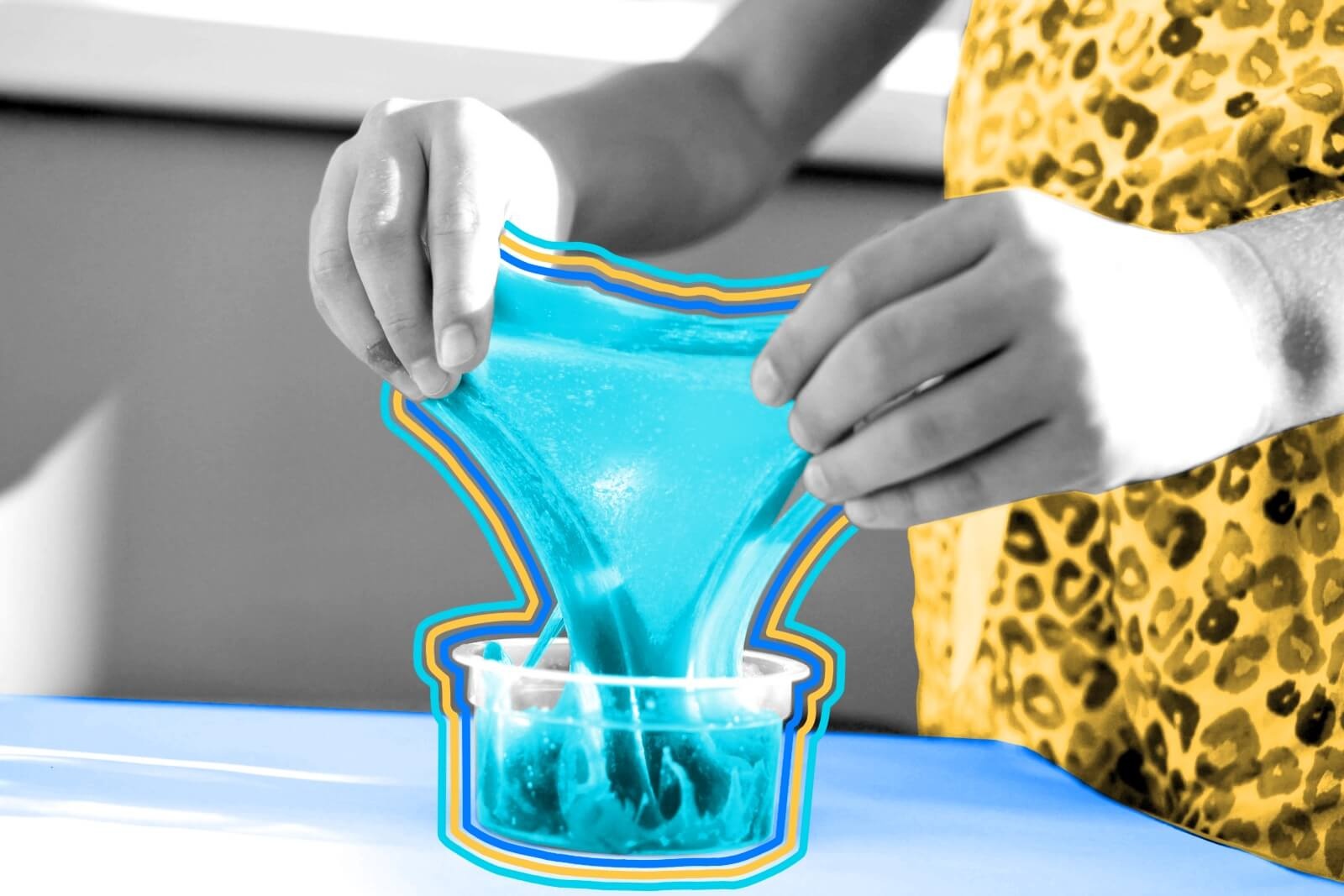
Silly Putty was developed during World War II as a potential rubber substitute.
World War II ran on rubber. From tanks to jeeps to combat boots, the Allied Forces needed an uninterrupted flow of rubber to supply fresh troops and vehicles to the front lines. Then, in late 1941, Japan invaded Southeast Asia — a key supplier of America’s rubber — and what was once a plentiful resource quickly became scarce. Americans pitched in, donating household rubber (think old raincoats and hoses) to help the war effort, but it wasn’t enough. So scientists set to work finding an alternative. A pair working separately at Dow Corning and General Electric independently developed a silicone oil/boric acid mixture that appeared promising. It was easily manipulated and could even bounce on walls, but in the end its properties weren’t similar enough to rubber to be useful in the war.
U.S. government labs eventually found a workable rubber substitute using petroleum, but the previously developed “nutty putty” stuck around until it fell into the hands of advertising consultant Peter Hodgson. Sensing an opportunity, Hodgson bought manufacturing rights, renamed it “Silly Putty,” and stuck some of it inside plastic eggs just in time for Easter 1950. But it wasn’t until Silly Putty’s mention in an issue of The New Yorker later that year that sales exploded, with Hodgson eventually selling millions of this strange, non-Newtonian fluid (fluids whose viscosity changes under stress; ketchup and toothpaste are other examples). Since then, Silly Putty has found various serious uses, from teaching geology to physical therapy, and even took a ride on Apollo 8 in 1968, when it was used to keep the astronauts’ tools secure. A pretty impressive résumé for a substance that was initially considered a failure.
On March 19, 1918, the Standard Time Act was signed into law, establishing the five time zones of the U.S. along with instituting daylight saving time, a method designed to conserve energy during World War I. But after the war, the energy-saving portion of the act was repealed and states were once again permitted to create their own standard time. Fast-forward to February 1942, only three months after the Japanese attack on Pearl Harbor, and Congress once again instigated a year-round daylight saving time, nicknamed “war time.” The time zones were even renamed to “Eastern War Time,” “Pacific War Time,” etc. At the war’s end in 1945, states once again regained the right to set their standard time, until 1966 when Congress passed the Uniform Time Act. Today, a new piece of legislation — called the Sunshine Protection Act — is advocating to make America’s once-wartime measure the new standard time year-round.

